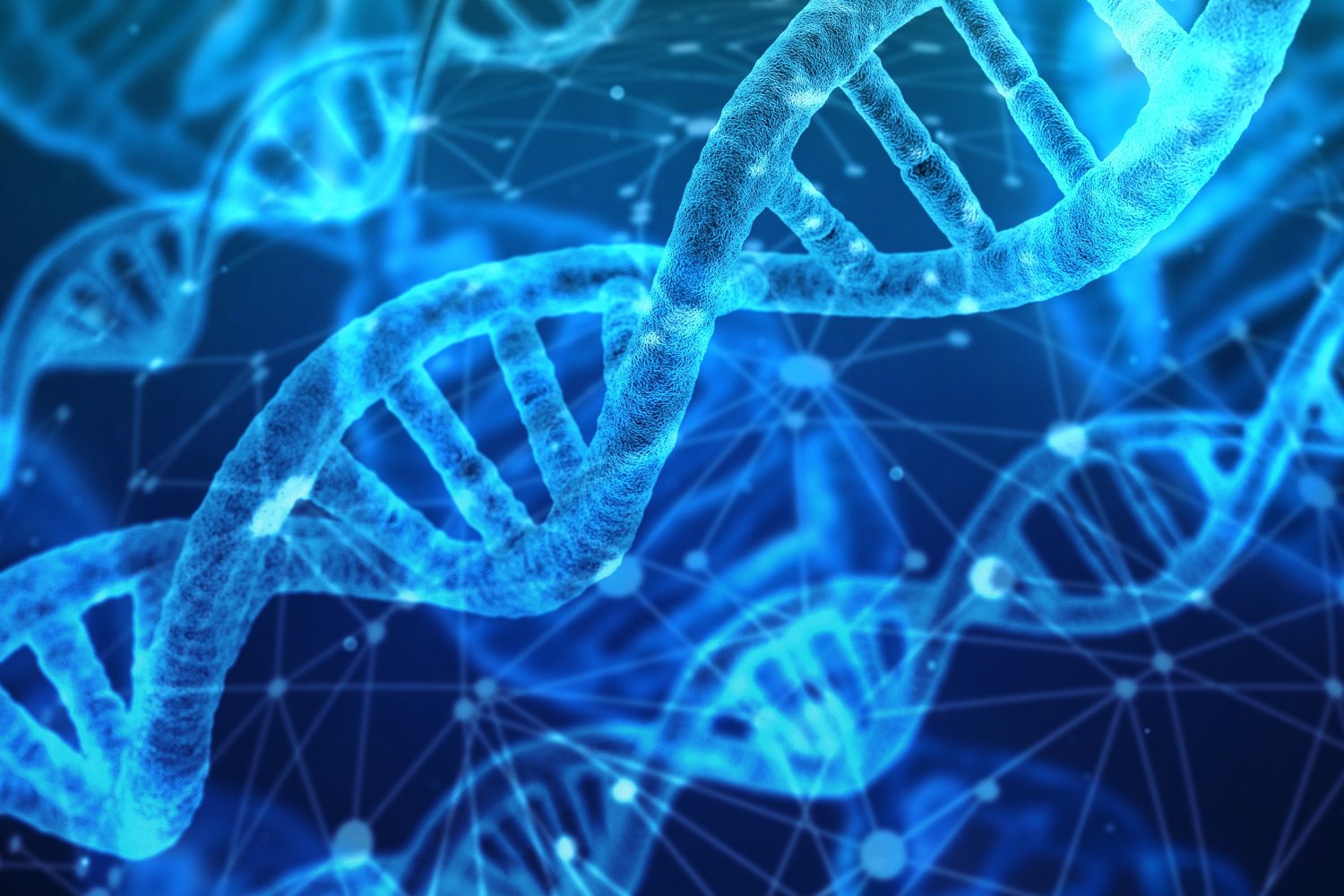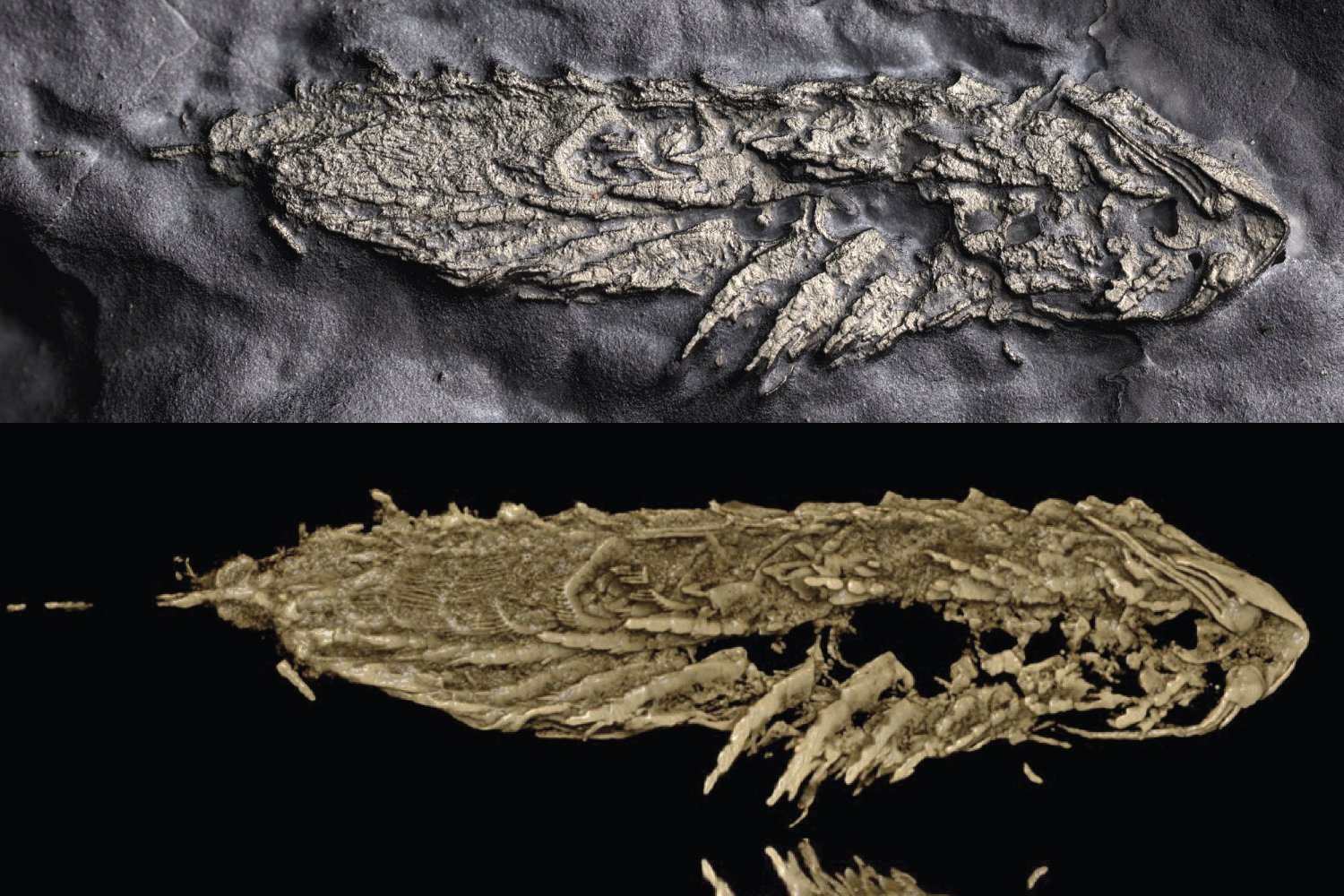DNA, the fundamental building block of life, is now being explored as a potential game-changer in data storage. A team of researchers has successfully encoded and retrieved images within DNA molecules, offering a promising solution to the ever-growing demand for high-density data storage. Their findings, recently published in Nature, highlight a novel approach that could revolutionize how we archive information.
The researchers encoded two images – a Chinese rubbing and a photo of a panda – comprising 16,833 bits and 252,504 bits, respectively, into DNA strands. They then flawlessly retrieved these images, demonstrating the feasibility of their method. This breakthrough builds on previous research using synthetic DNA for data storage, but with a key difference: this new method bypasses the costly and time-consuming process of de novo DNA synthesis.
DNA, residing within the nuclei of our cells, carries the biological instructions for all living things. Its structure, composed of nucleotides with four nitrogen bases – adenine, thymine, guanine, and cytosine – dictates everything from our physical traits to our biological functions. These same base pair patterns can also be utilized to encode digital data, potentially storing anything from simple text files to high-resolution videos.
Previous attempts at DNA data storage, while successful, relied on synthesizing new DNA, a significant hurdle to scalability. This recent study overcomes this limitation by leveraging DNA methylation. Methylation involves enzymes adding a methyl group (one carbon and three hydrogen atoms) to specific sites on the DNA strand. This allows for the creation of distinct DNA segments that bind to target areas, effectively representing binary code (0s and 1s) within the DNA molecule.
“In our scheme, DNA sequences act as addresses, while the modification status of the bases represents the data,” explained Long Qian, a researcher at Peking University and co-author of the study. “We call the process of aligning 0/1 states to DNA ‘typesetting,’ followed by ‘printing,’ where the data is copied onto a DNA strand simultaneously.” This innovative “typesetting and printing” approach significantly reduces the cost and time compared to traditional DNA synthesis methods, potentially paving the way for commercially viable DNA data storage.
The researchers achieved impressive encoding efficiency, writing 350 bits per reaction. Furthermore, the process was successfully carried out by 60 volunteers without prior laboratory experience, demonstrating the method’s accessibility.
Despite the significant advancements, challenges remain. Carina Imburgia and Jeff Nivala, researchers at the University of Washington, highlight the limitations of the current approach in a News & Views article accompanying the study. They note that the methyl groups, crucial to this method, cannot be copied using polymerase chain reactions (PCR), the standard method for DNA amplification. Additionally, retrieving specific data subsets requires sequencing the entire DNA database, similar to accessing information from a zip file, which poses efficiency concerns.
Accessing specific data currently necessitates sequencing the entire DNA database, an inefficiency acknowledged by Imburgia and Nivala. They compare it to accessing data from a zip file – the entire archive must be extracted to access individual components.
The potential of DNA data storage is vast. A single gram of DNA can theoretically store a staggering 215,000 terabytes of information. Imagine storing entire libraries, photo archives, or even historical records within a minuscule amount of DNA. While further research is needed to address the current limitations and optimize the technology for large-scale applications, the prospect of DNA data storage remains a compelling and revolutionary approach to archiving information for future generations.











